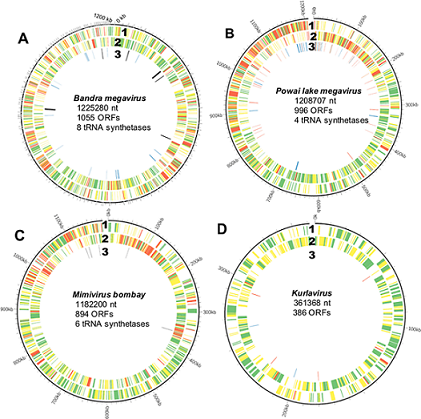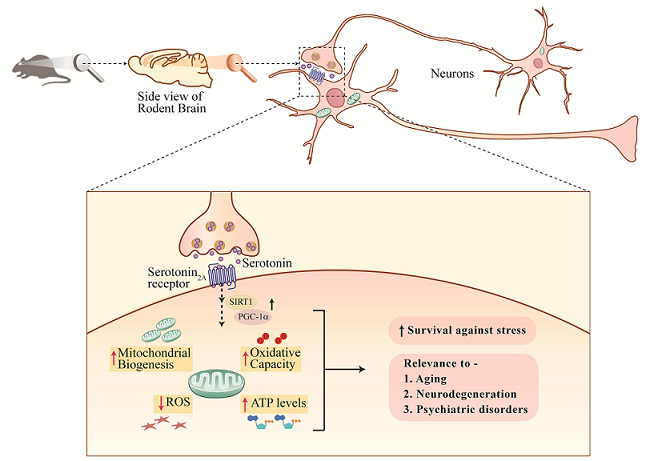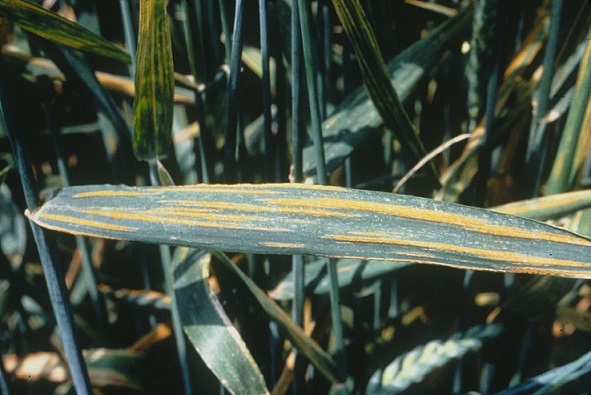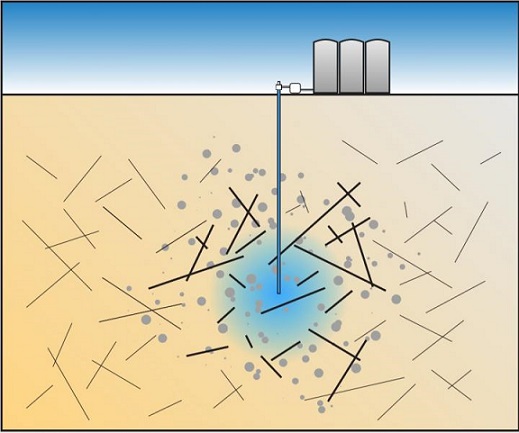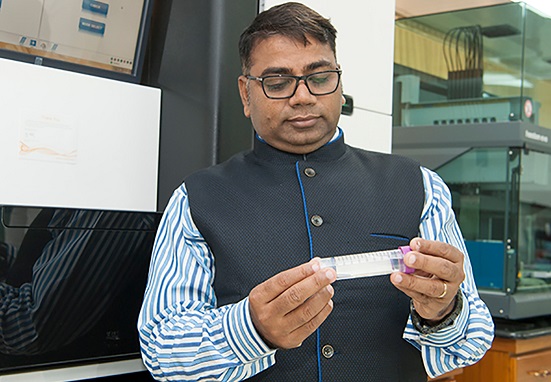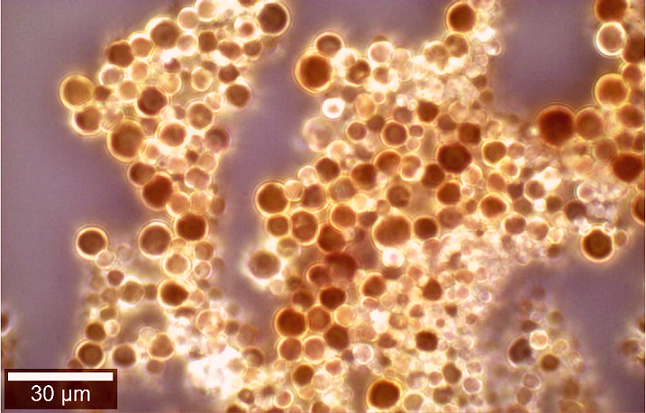
Nanosilver loaded microparticles
The antibacterial properties of silver nanoparticles are being explored to develop new antimicrobials and to enhance efficacy of existing antimicrobial agents. A group of Indian researchers has now developed a new method to prepare silver nanoparticle loaded antibacterial powder that can be applied on surfaces.
The technique is simple and 'green' as it avoids use of harsh chemicals during synthesis and takes care of the problem related to unwanted release of silver nanoparticles in the environment by attaching them onto an inert substrate.
The antibacterial powder could potentially be used to clean water and in waste management. It could be mixed in paints and applied to surfaces where chances of infection are high, such as walls in hospitals, kitchens and toilets to give them antimicrobial coating.
The new technique has been developed by researchers at the Mumbai-based Bhabha Atomic Research Centre (BARC). They deployed the spray-drying technique to synthesize silver nanoparticles attached ceramic microparticles. In this process, gum arabic - an eco-friendly biopolymer obtained from the Acacia tree – was used. Gum arabic helps in chemical reduction and attachment of silver nanoparticles to the silica substrate.
The distinctive features of the composite material were studied using advanced techniques such as X-ray diffraction, high-resolution transmission electron microscopy, field emission scanning electron microscopy and Fourier transform infrared spectroscopy.
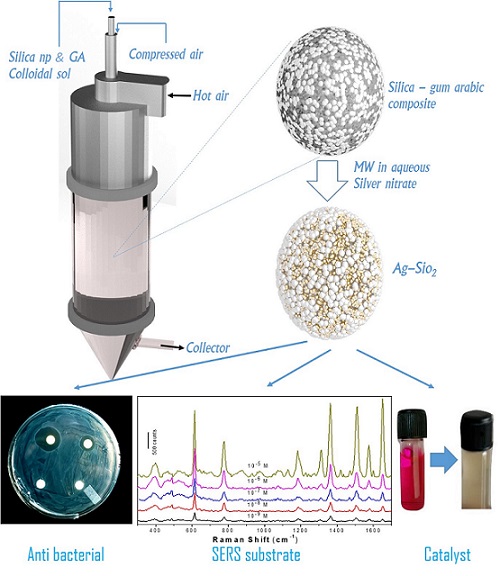
" The antimicrobial activity of the composite was tested on a gram-negative bacterium, Escherichia coli and a gram-positive bacterium, Staphylococcus aureus. "
The antimicrobial activity of the composite was tested on a gram-negative bacterium, Escherichia coli and a gram-positive bacterium, Staphylococcus aureus. The composite harboring silver nanoparticles could kill the bacteria at very low doses. The composite was also used as a catalyst and found effective.
Due to its smaller size, it's difficult to filter out silver nanoparticles from waste water after application. The new technique can overcome this problem, according to researchers. In the synthesized material, silver nanoparticles measuring around 5 nanometers were strongly attached to much larger silica substrate. Due to its larger size, silver-containing particles could be easily removed by filtration after application. For example, after being used with a detergent in a washing machine, the particles could be easily separated from the waste water by using a filter membrane at the outlet hose. Moreover, the silica nanoparticles could be replaced with magnetic nanoparticles and thus could be easily separated by using an external magnet after application.
“The synthesis procedure is green and novel. We took the advantage of evaporation-induced self-assembly of silica nanoparticles and biopolymer during spray-drying. Thus by just drying a droplet, we were able to achieve surface-functionalized substrate onto which metal nanoparticles could be attached. And the use of spray-drying has the added advantage of scalable production at low cost," researchers have observed in their study.
Some paint companies claim that their products are antimicrobial, but scientists say usually in such types of paints silver nanoparticles are directly added to the acrylic paints, mixed and applied. But studies have shown that around 30 % of silver nanoparticles from such paints get released in the environment within a year.
The research team included Debashish Sarkar, Devanshi Khare, Amit Kaushal, Celin Acharya, Jitendra Bahadur, Jyoti Prakash, Harish Donthula and Kinshuk Dasgupta. The study has been
published in the journal Applied Nanoscience.
India Science Wire

